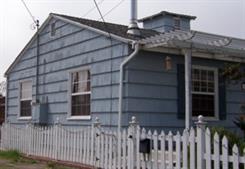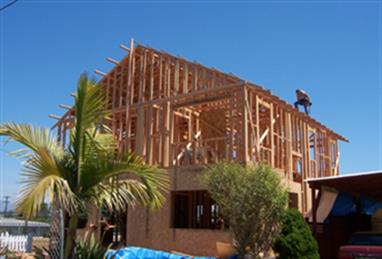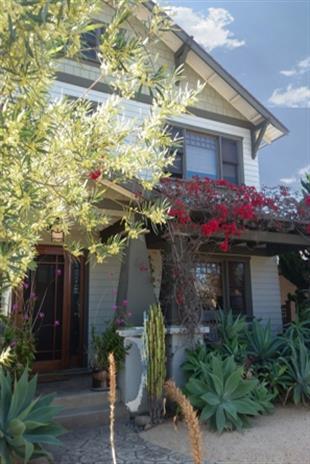Homeowner FAQs
- I'm not sure what I'm allowed to build or how much I can afford. Where do I start?
An architect’s role includes helping clients understand their property’s potential, defining project needs, and drafting basic project concepts. Details and steps of preliminary tasks, such as the Pre-Design and Schematic Design Phases, are outlined on our Architectural Services page.
- Who will be involved in planning my project?
DSA collaborates with top-tier, licensed, and insured consultants tailored to each project. This typically involves structural engineers, energy efficiency experts, land surveyors, and geological/soil engineers. Clients directly retain these consultants as a means of cost-saving.
- Can I build a Granny Flat or Guest Quarters on my property?
Most likely, yes. Constraints exist in Coastal Zones and historic neighborhoods, but recent regulations now permit the construction of additional dwellings on lots previously restricted to single-family homes.
- Do I need to get building permits for my project?
For permit requirements, consult your local building department. In San Diego, this falls under the jurisdiction of the city’s Development Services, which mandates permits for most construction activities, excluding minor tasks like painting or some fence building. Upgrades to systems like water heaters and electrical work also require permits, which can often be obtained online. Visit San Diego Development Services’ website for further details on permit requirements.
- Who applies for the building permits, and how much do they cost?
Generally, the architect compiles the necessary documentation and drawings for the permit application and handles any subsequent correspondence with the city regarding the project. The city estimates the fees for permits and plan checks, which the property owner pays upon submission for review. Information about fee estimates can be found on the San Diego government website.
- How long does the permitting process take?
The city’s review process typically takes 4-6 weeks after plan submission, depending on the project’s complexity and the required types of review. Following this review, the city returns plans with comments that need resolution from the architect and project team. Addressing these comments and reaching the City’s approval for permits might add an additional few weeks, depending on the project size.
- Can my house support a second floor?
Most second-story additions are designed to be structurally self-supporting, minimizing reliance on the existing structure. These additions incorporate new supporting walls and columns that seamlessly integrate both functionally and visually into the house while remaining largely independent.
- Can I build a second unit, a "Granny Flat" or "Guest Quarters," on my property?
Properties are subject to various zoning designations that dictate guidelines for use, density, height, etc. In San Diego, the construction of “Companion Units” and “Guest Quarters” is permitted on some single-family lots, albeit with several restrictions.
Building a Granny Flat or Guest Quarters is progressively becoming simpler, with many prior regulatory hurdles being eliminated. However, the substantial fees for permitting these structures may still pose a challenge for many homeowners. An alternative approach for those seeking to add separate living quarters to their single-family property involves planning the existing home to ensure separate entrances and privacy for guests, relatives, or renters, which may offer a comparatively undemanding solution.
- How much square footage can I add to my house?
To add square footage to your house, it’s essential to consult the Local Municipal Code, which primarily bases calculations on the Floor Area Ratio (FAR) times your lot area. To determine the additional square footage you are permitted, subtract your home’s existing Gross Floor Area (GFA) from your allowable GFA. Your property’s zoning designation, which dictates the FAR, can be found at San Diego property zoning. Remember, garages are included in these calculations, so plan accordingly.
- I live in an old house in a historical neighborhood. Am I allowed to make changes to my house?
Altering properties in historical neighborhoods can be quite complex. Any exterior changes to structures over 45 years old in San Diego require a preliminary review. Additionally, properties identified as historical or within historical districts face even stricter reviews. Determining your property’s historical status during the Pre-Design Phase is critical to avoid unexpected delays, expensive modifications, or potential project cancellation.
- I live near the beach and want to rebuild my property, but I've heard it can be difficult. What do I need to know?
Rebuilding near the beach involves understanding whether your property is within the Coastal Overlay Zone. This can be determined through a Parcel Information Checklist or by consulting a current coastal zone map. Projects within the Coastal Zone must comply with specific Coastal regulations and may be subject to Coastal Commission review unless an exemption applies.
The architect should guide the homeowner through the exemption process, which can significantly cut down on delays and planning expenses.

Kalmia Street Remodel: Before

Kalmia Street Remodel: During Construction

Completed Kalmia Street Remodel by DSA

